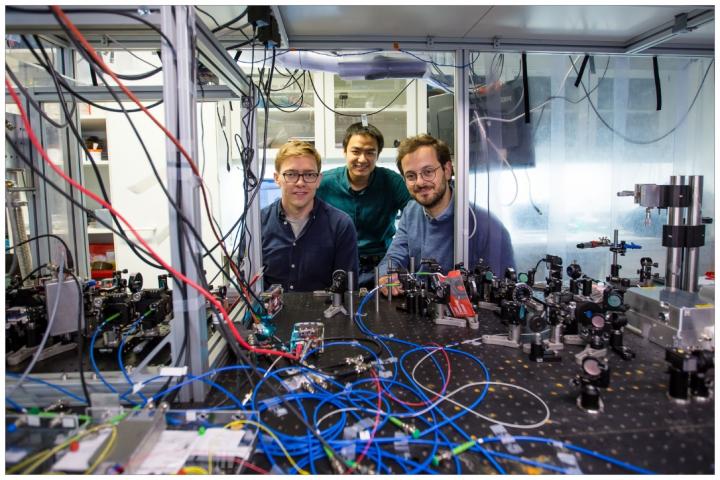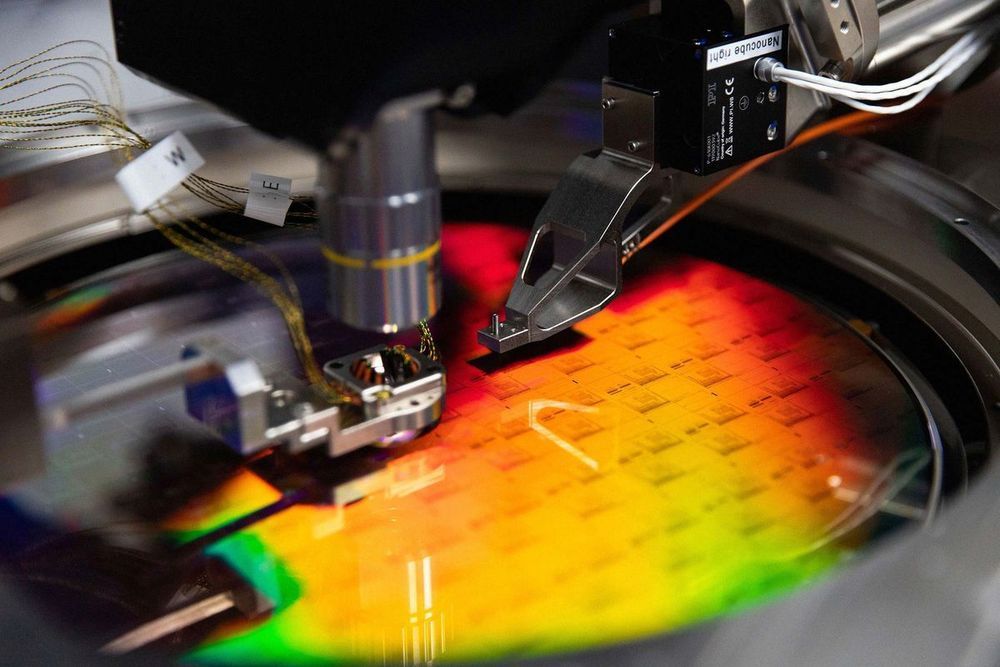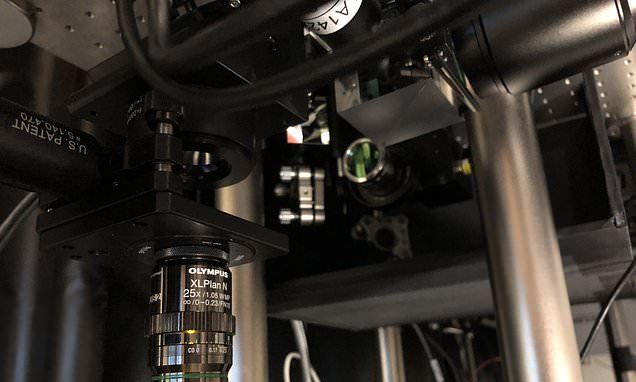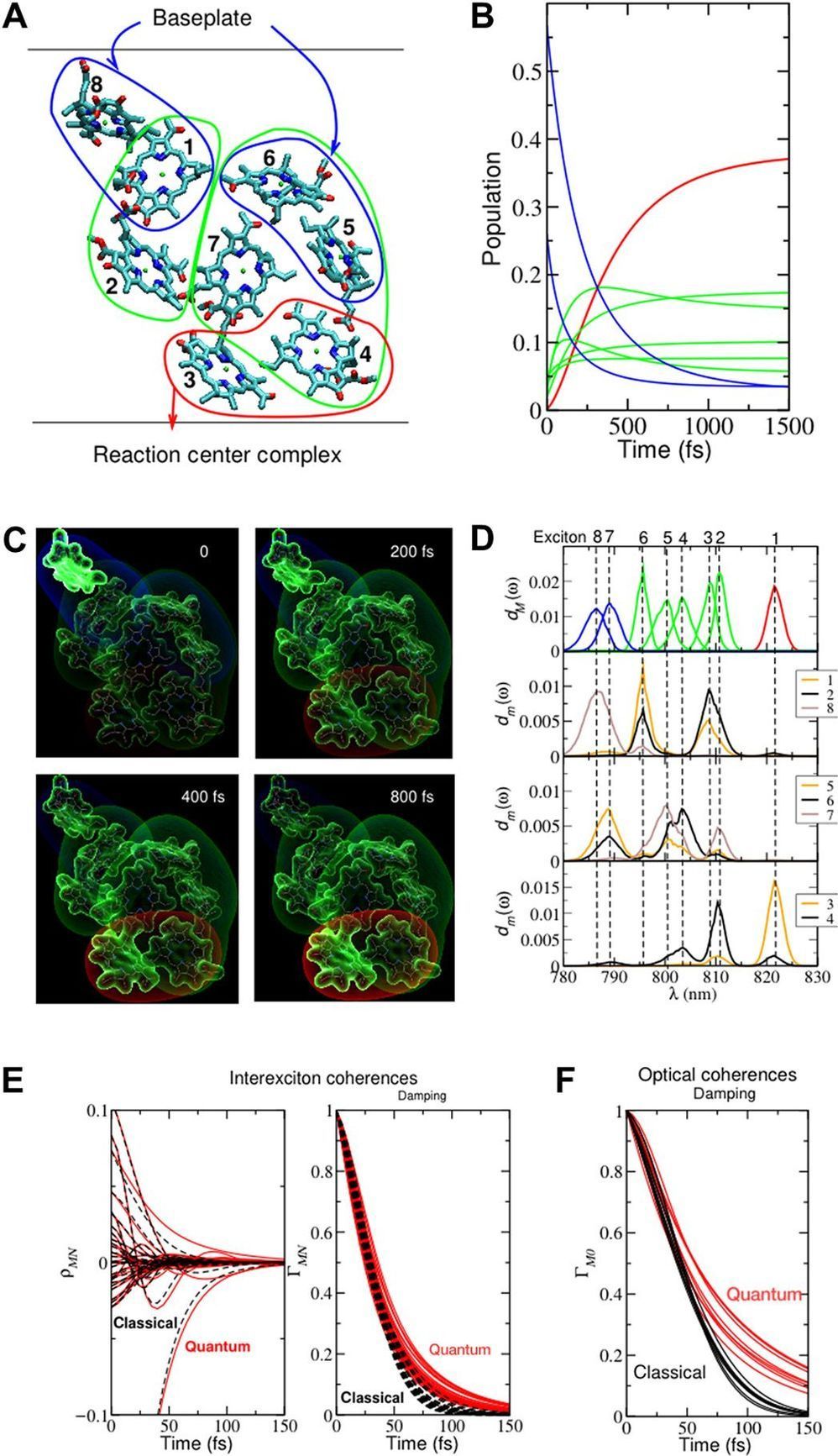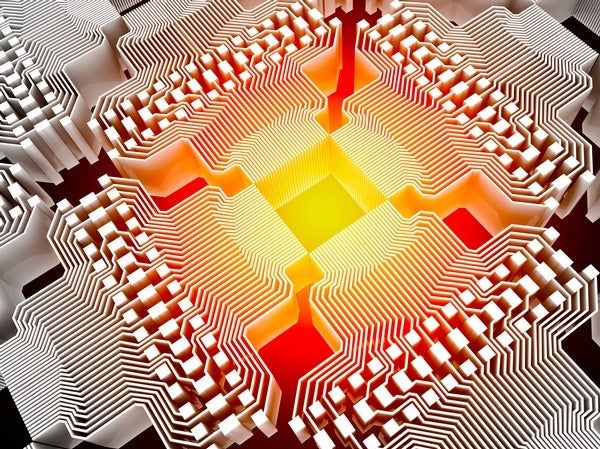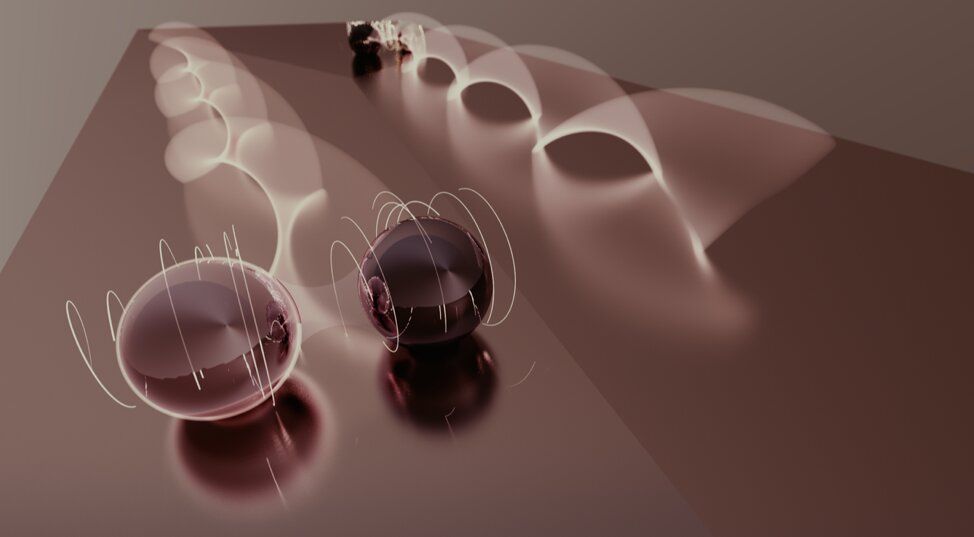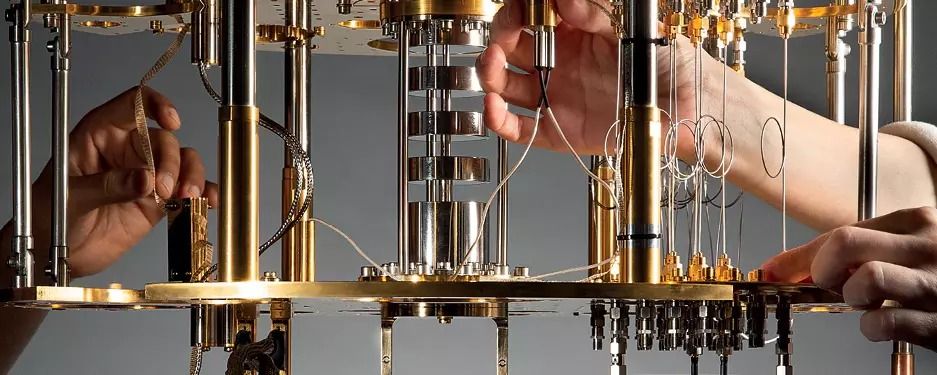Apr 7, 2020
This Breakthrough Just Got Us One Step Closer to a Quantum Internet
Posted by Quinn Sena in categories: internet, military, quantum physics, satellites
The US is well behind China on this front, though. A team led by quantum supremo Jian-Wei Pan have already demonstrated a host of breakthroughs in transmitting quantum signals to satellites, most recently developing a mobile quantum satellite station.
The reason both countries are rushing to develop the technology is that it could provide an ultra-secure communication channel in an era where cyberwarfare is becoming increasingly common.
I t’s essentially impossible to eavesdrop on a quantum conversation. The strange rules of quantum mechanics mean that measuring a quantum state immediately changes it, so any message encoded in quantum states will be corrupted if someone tries to intercept it.


